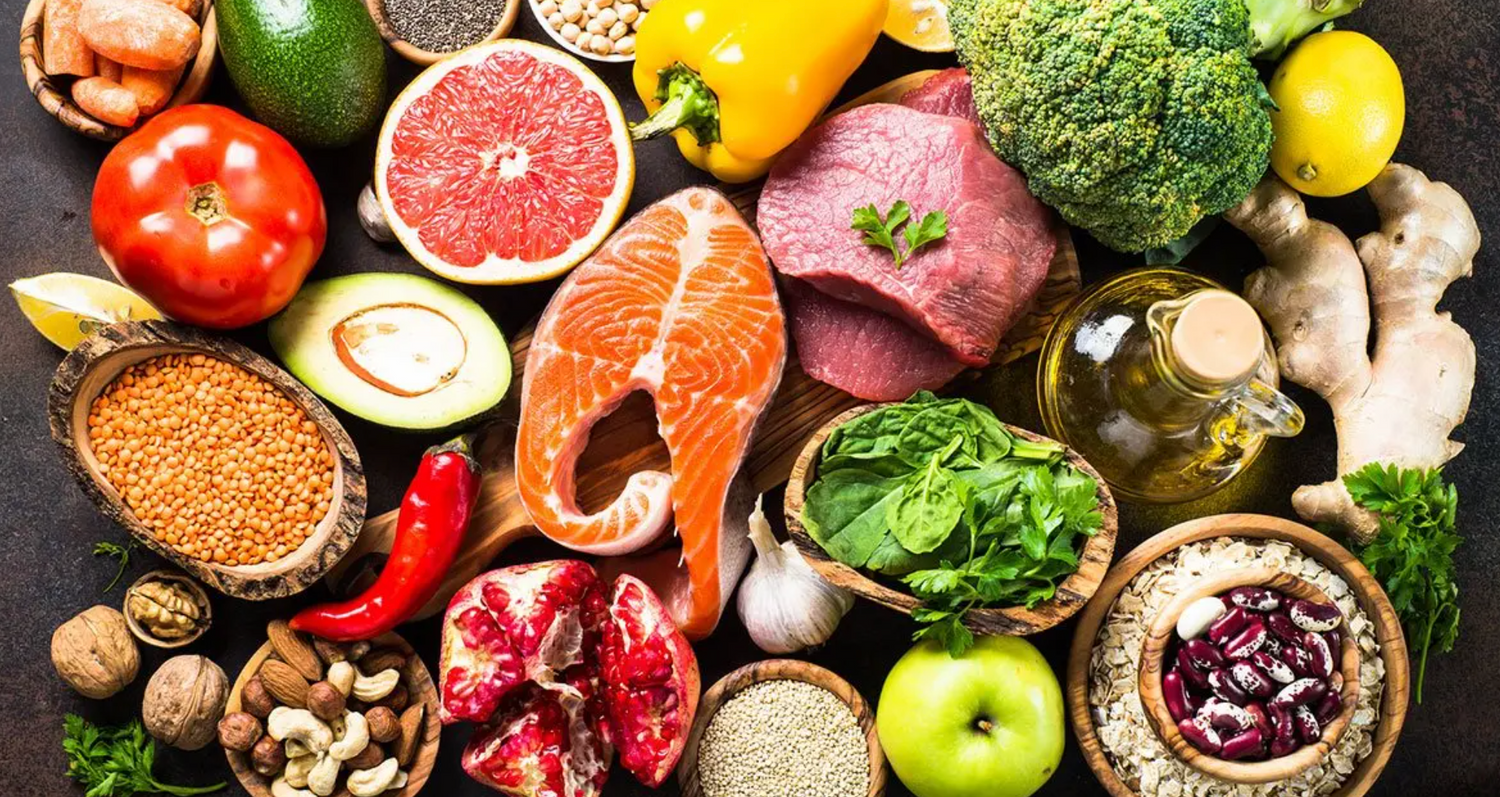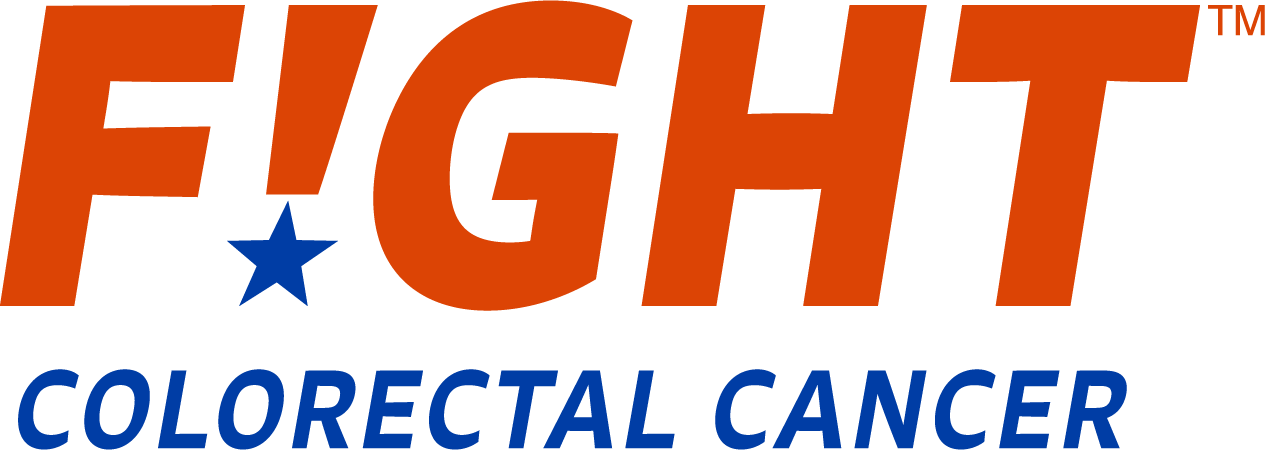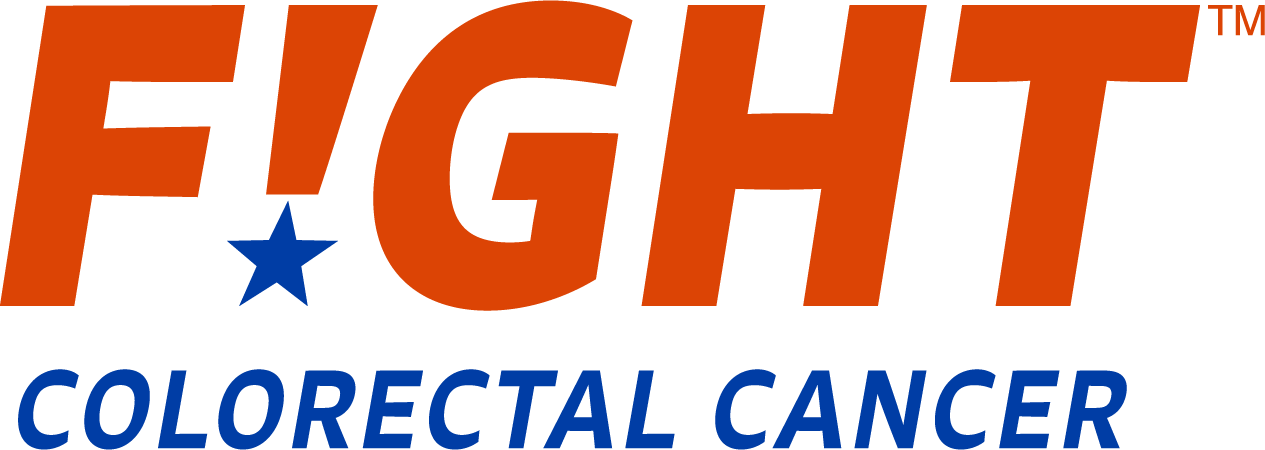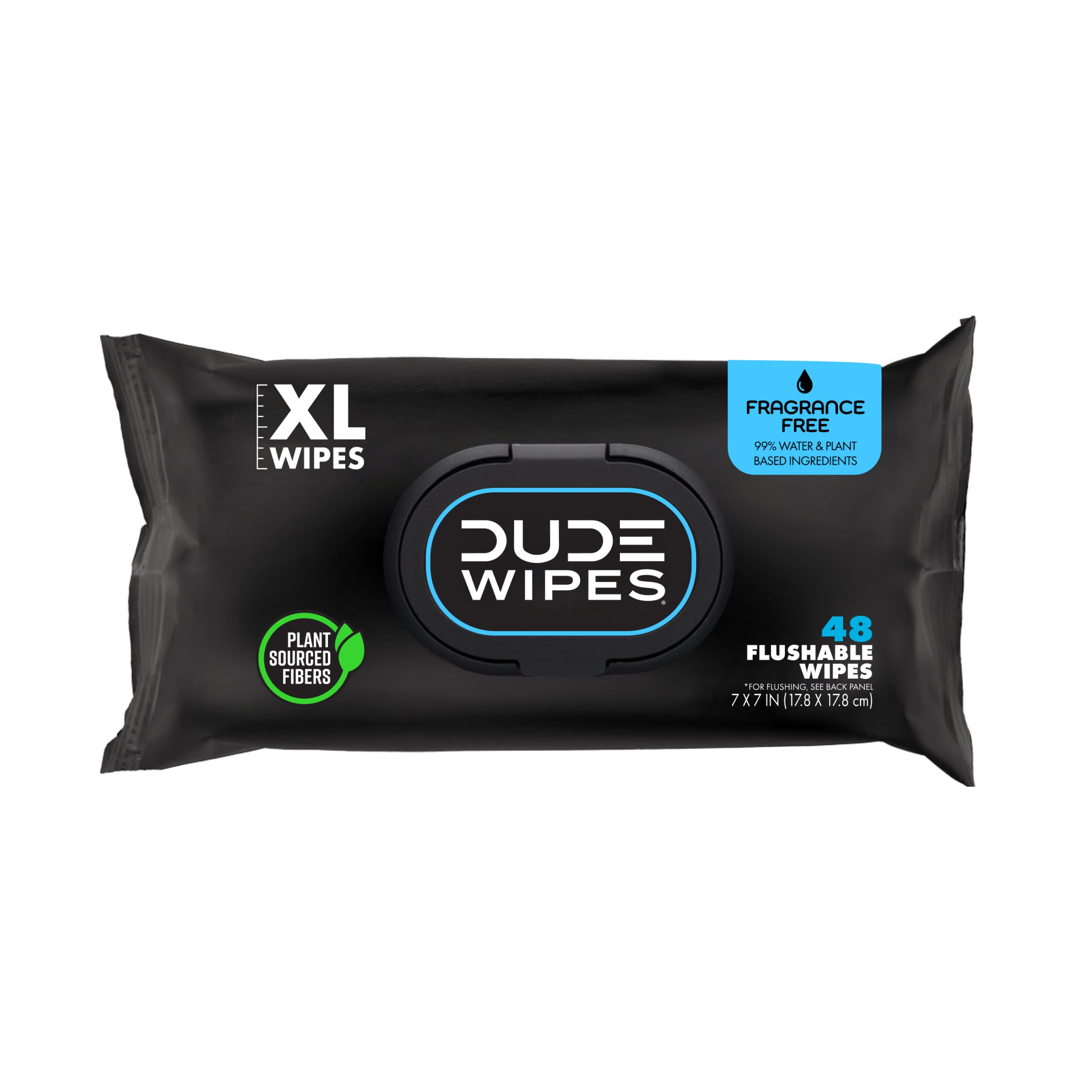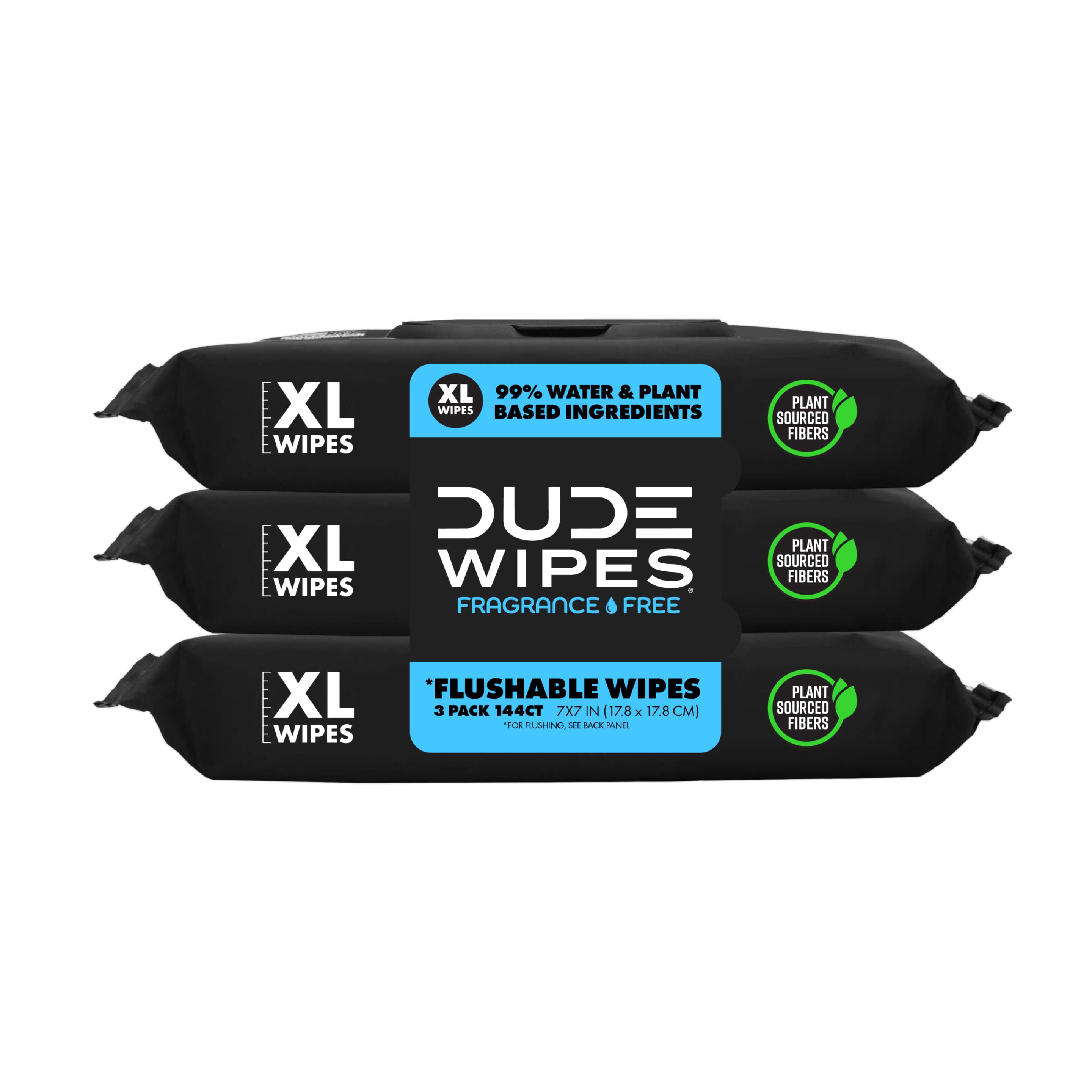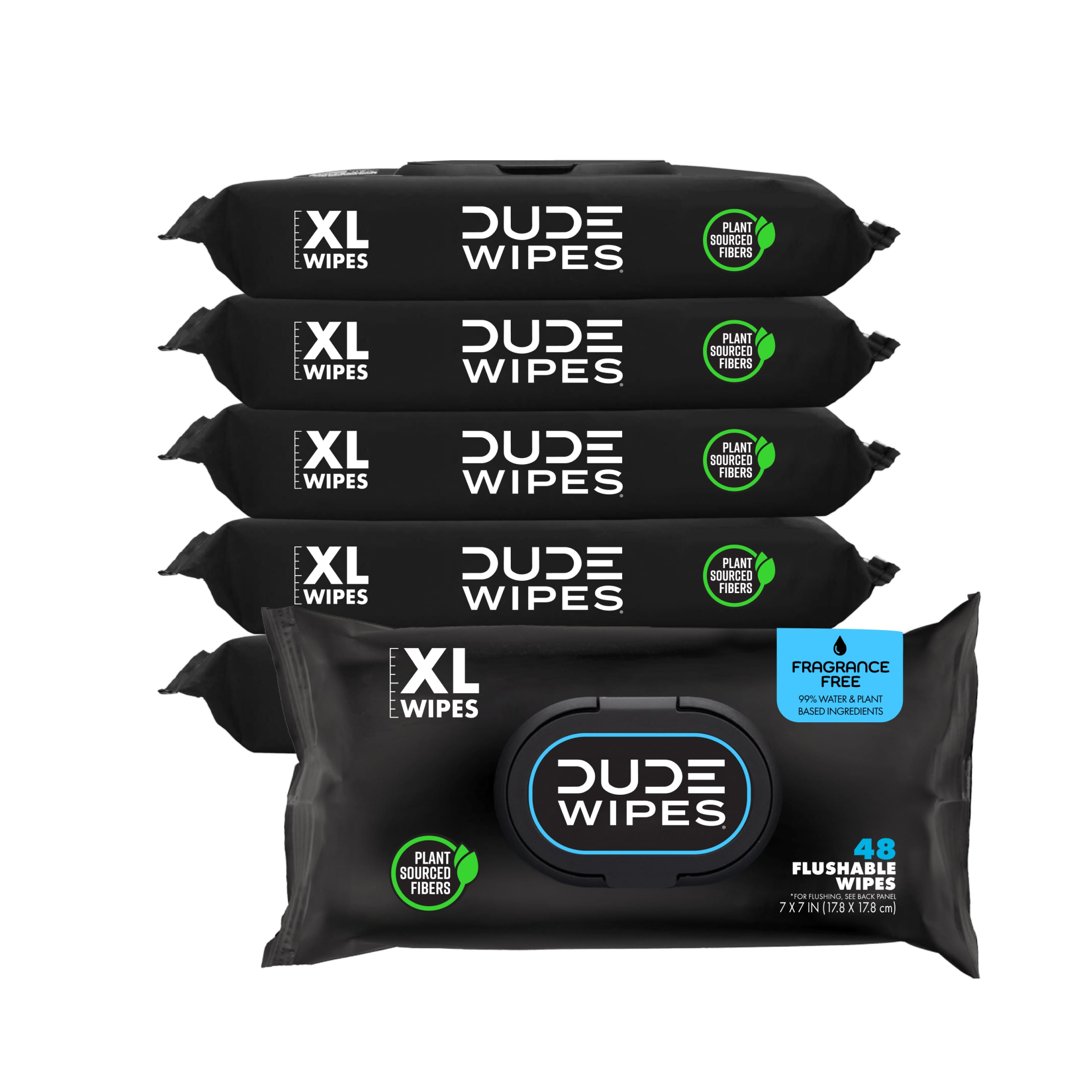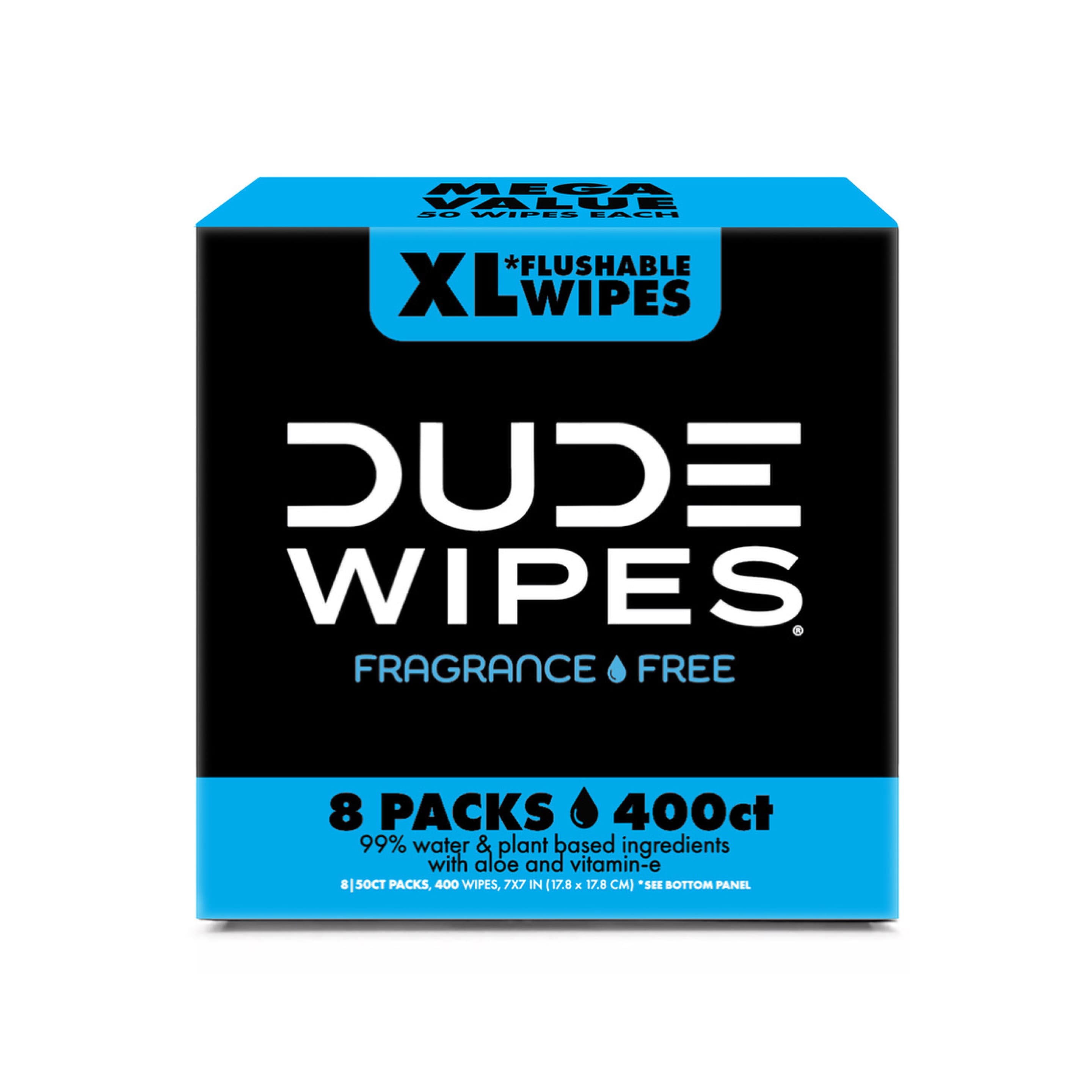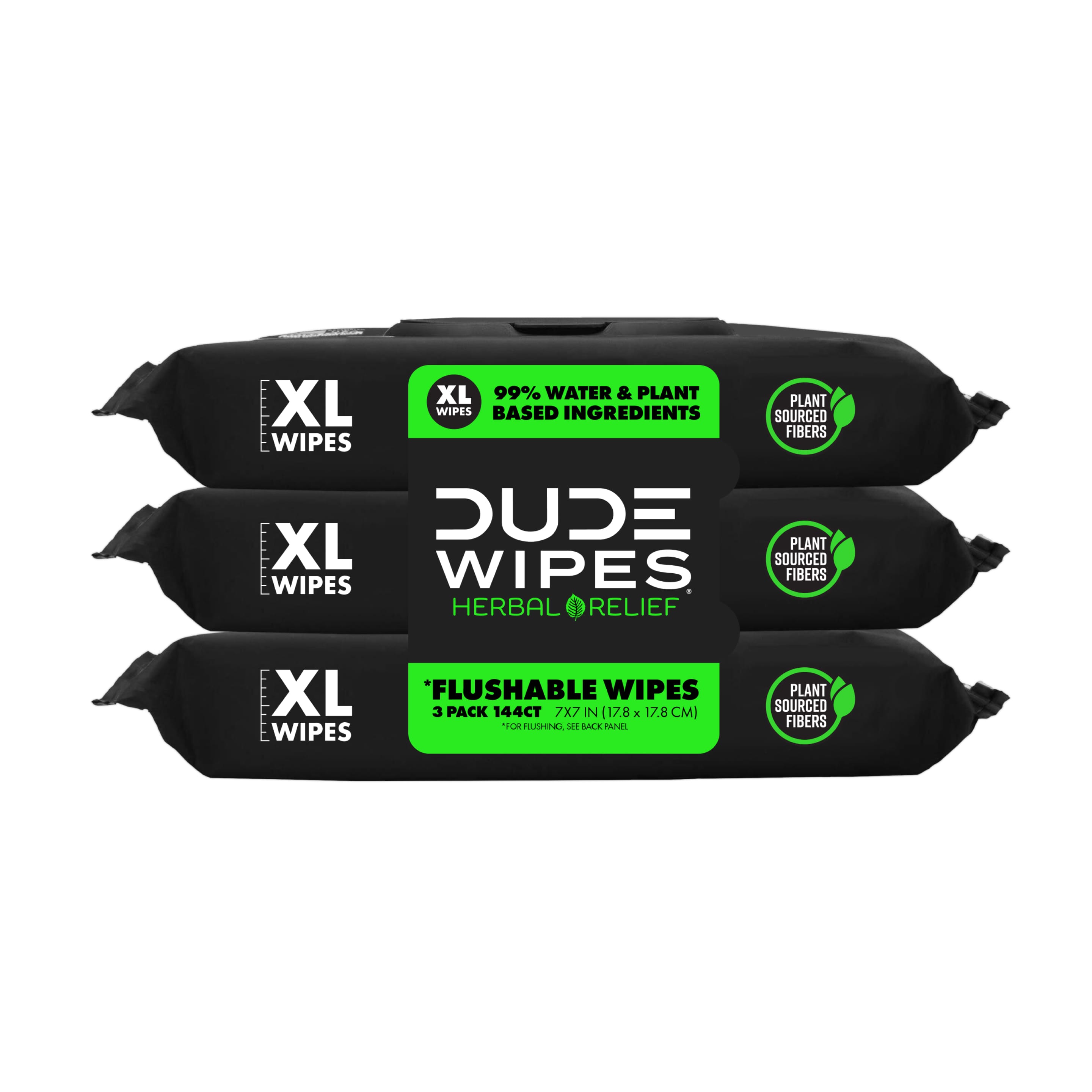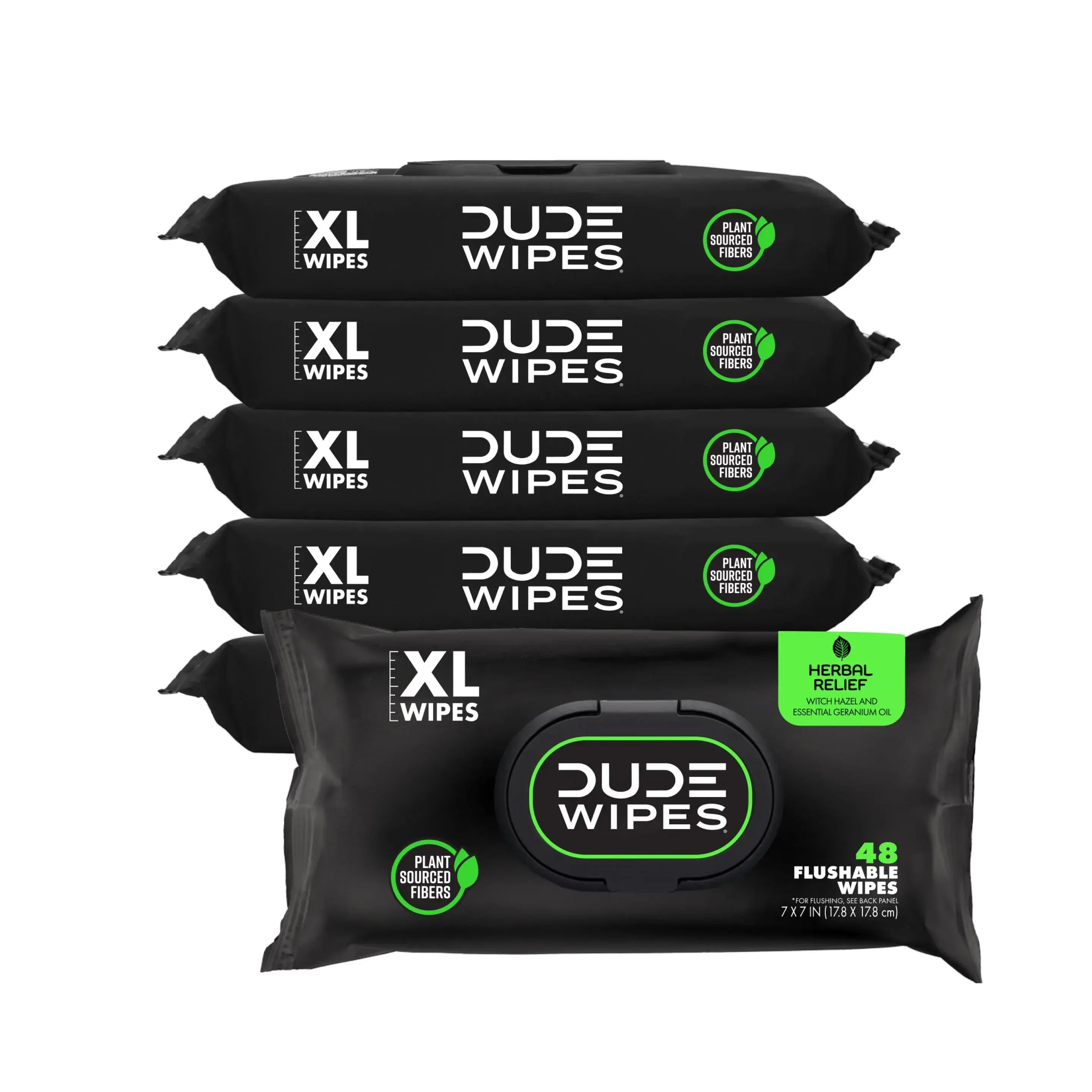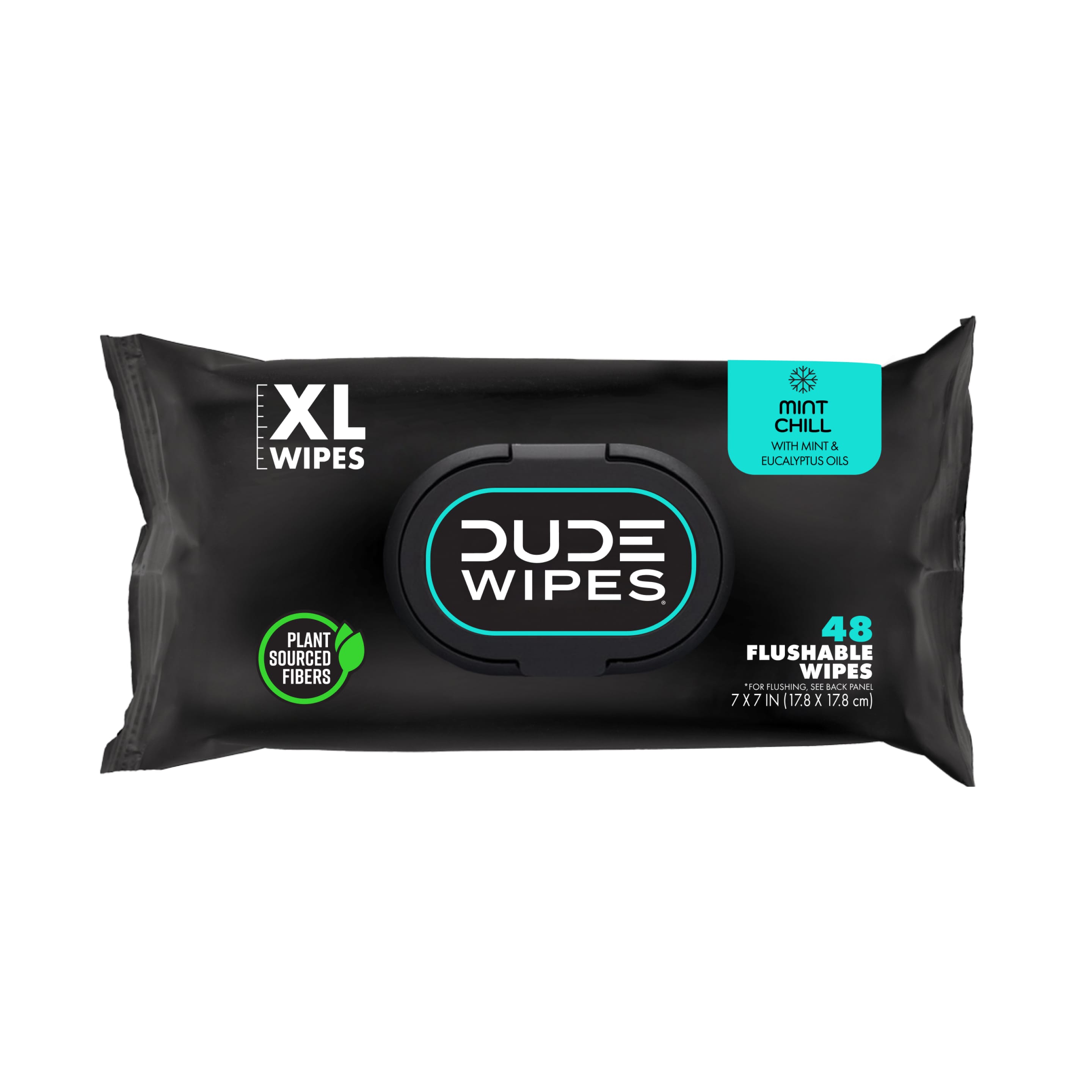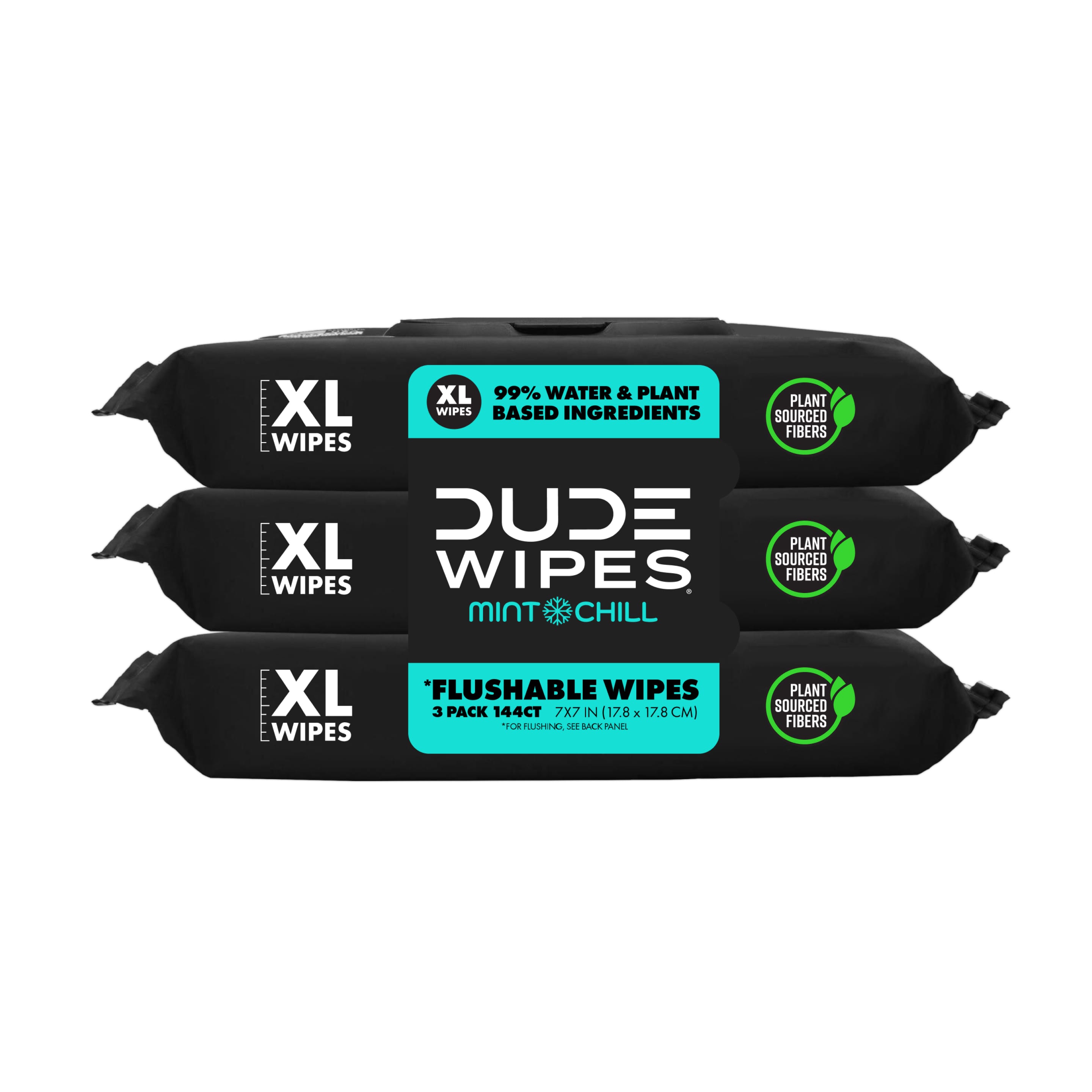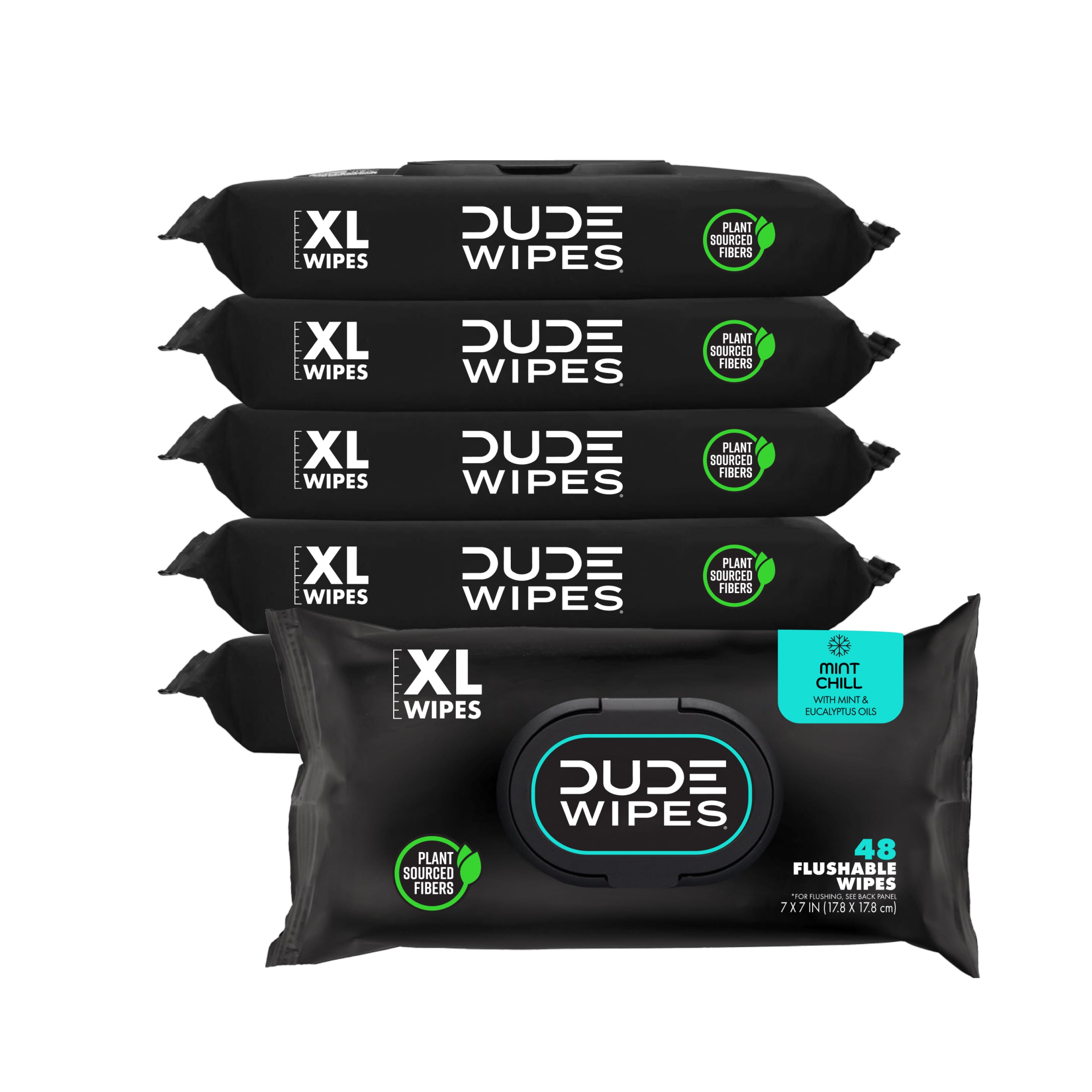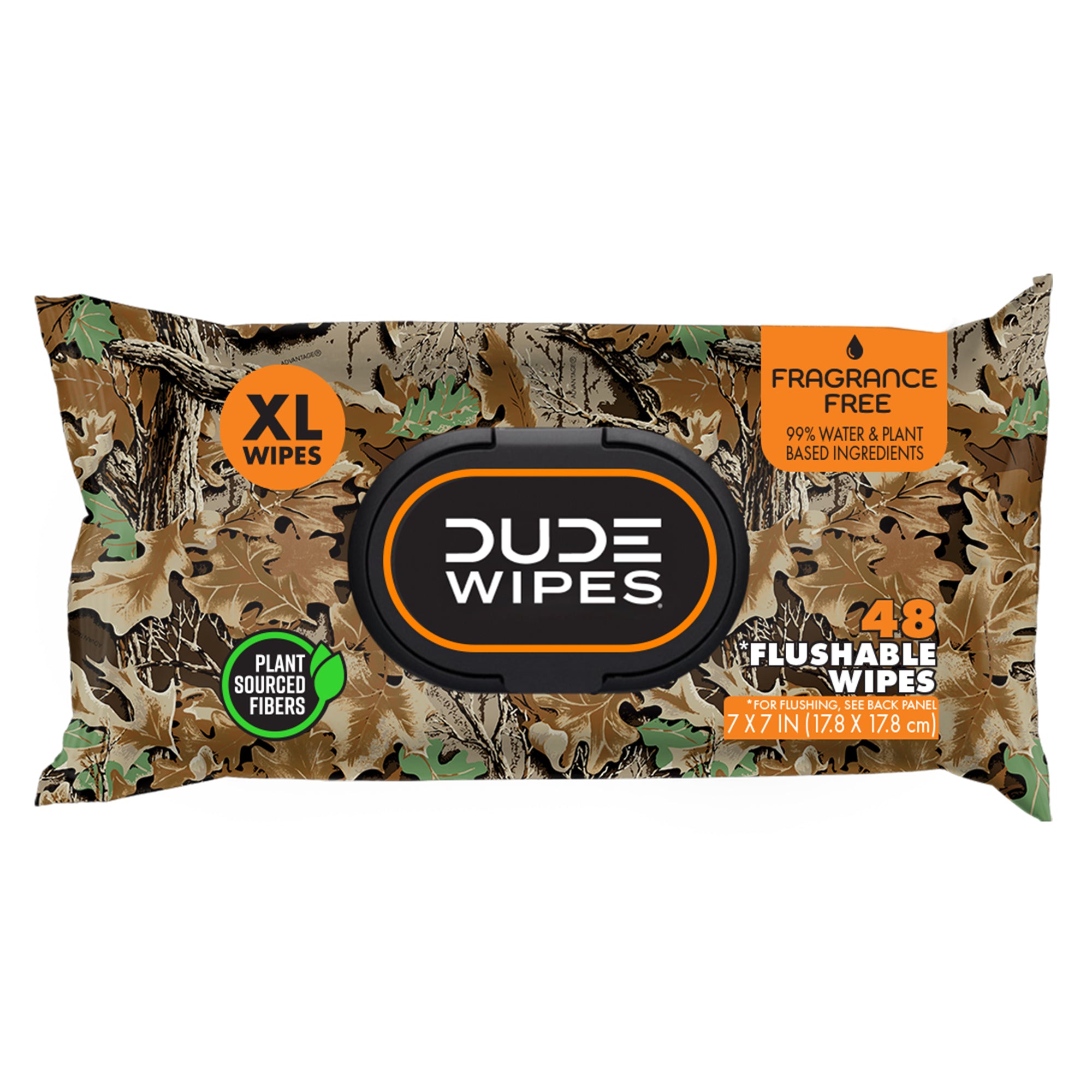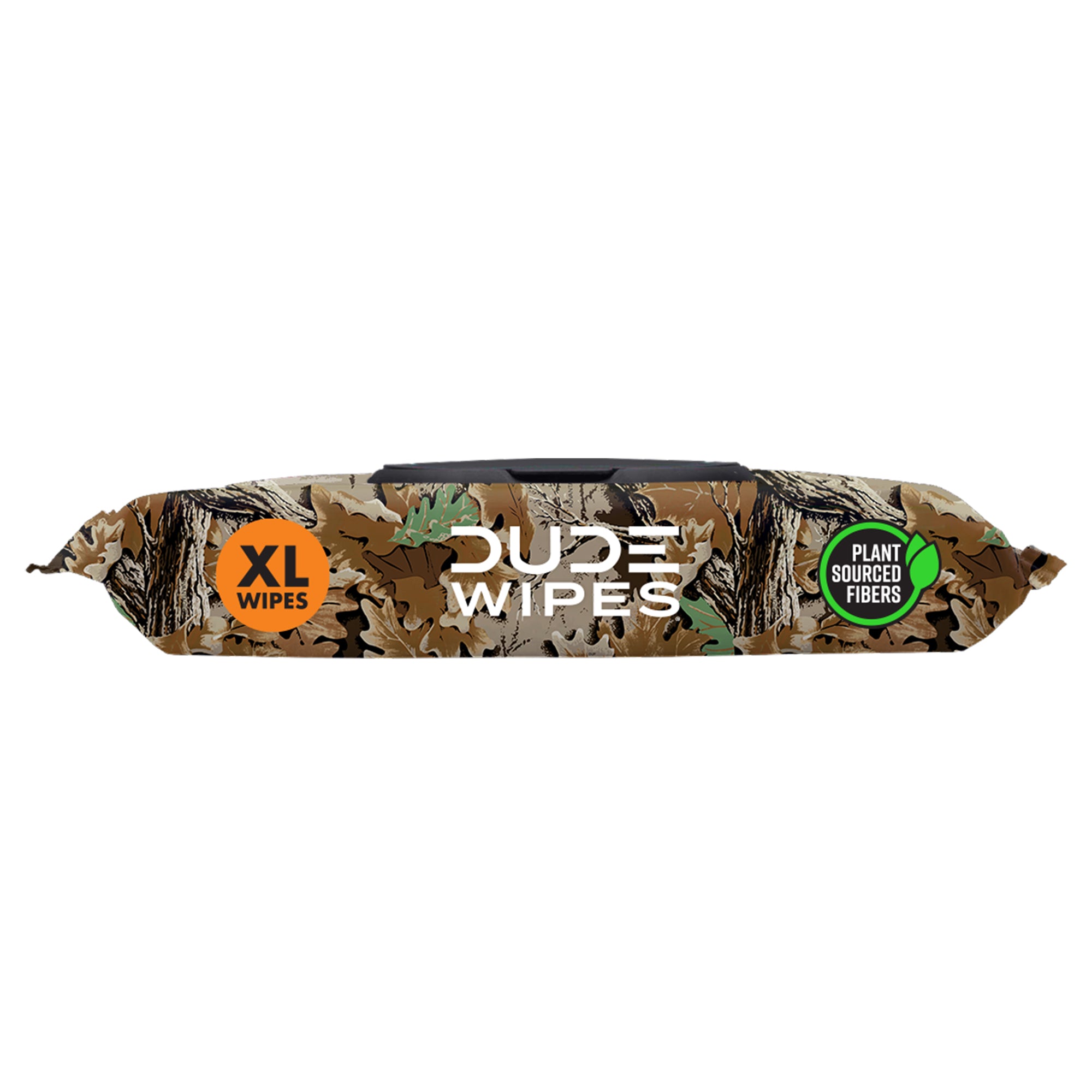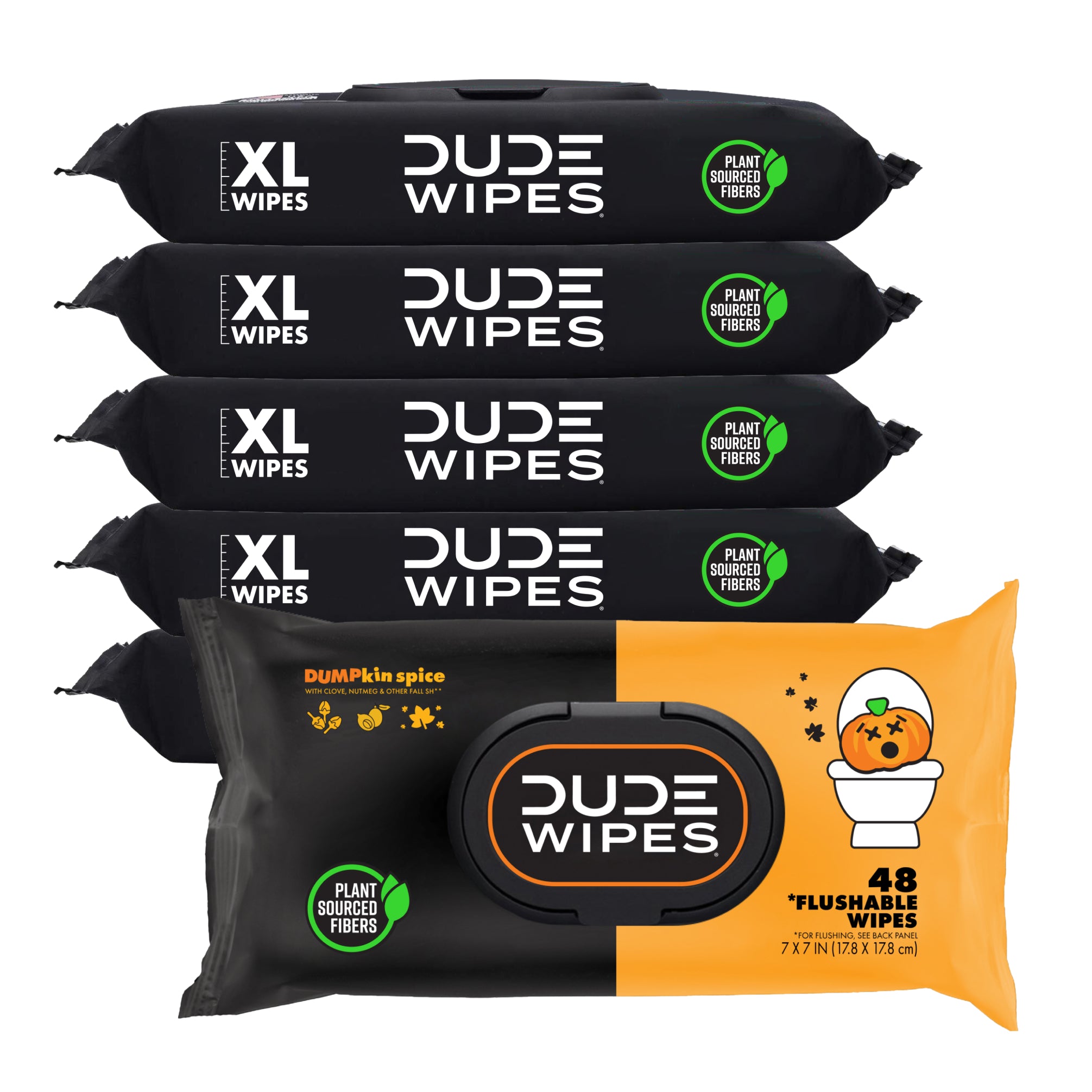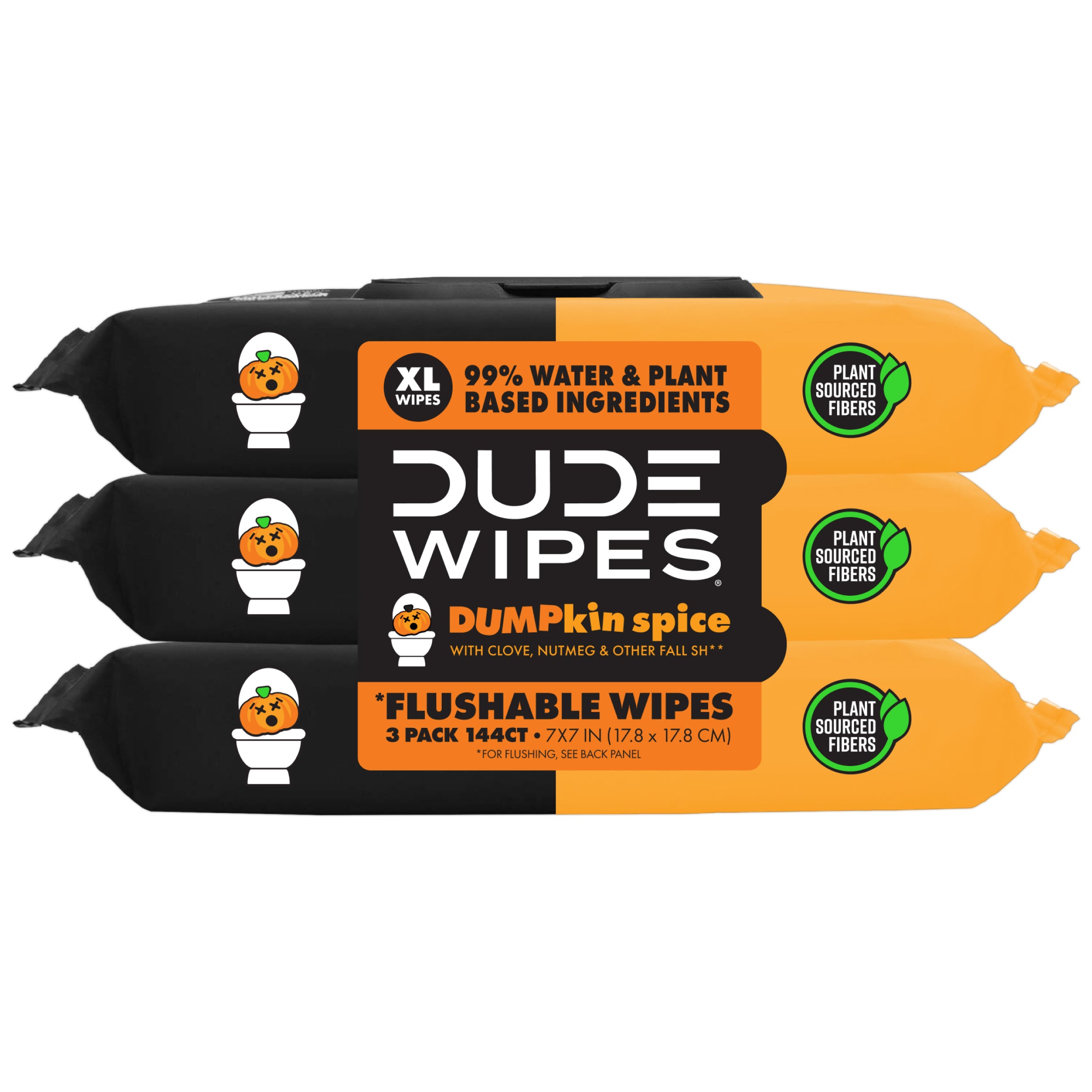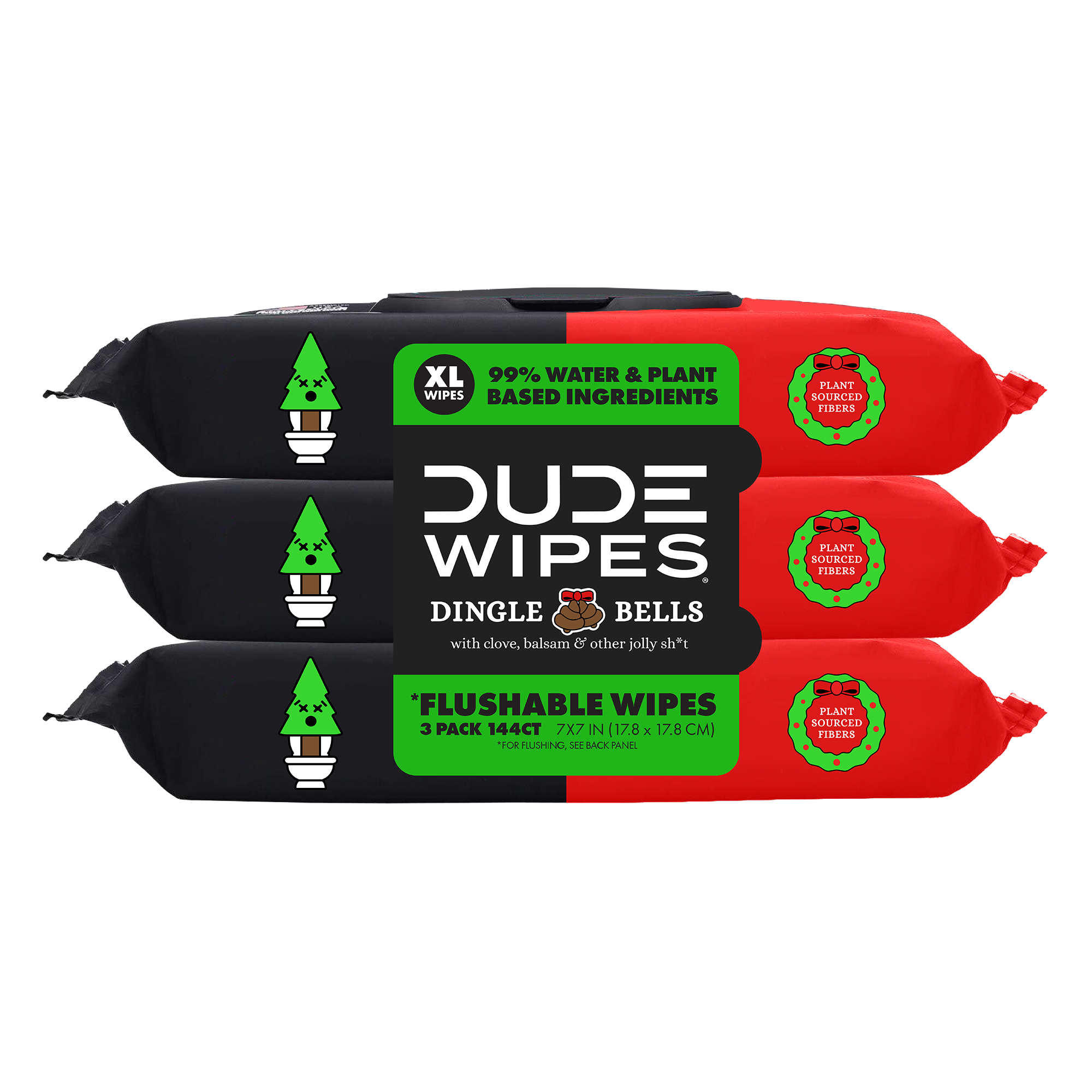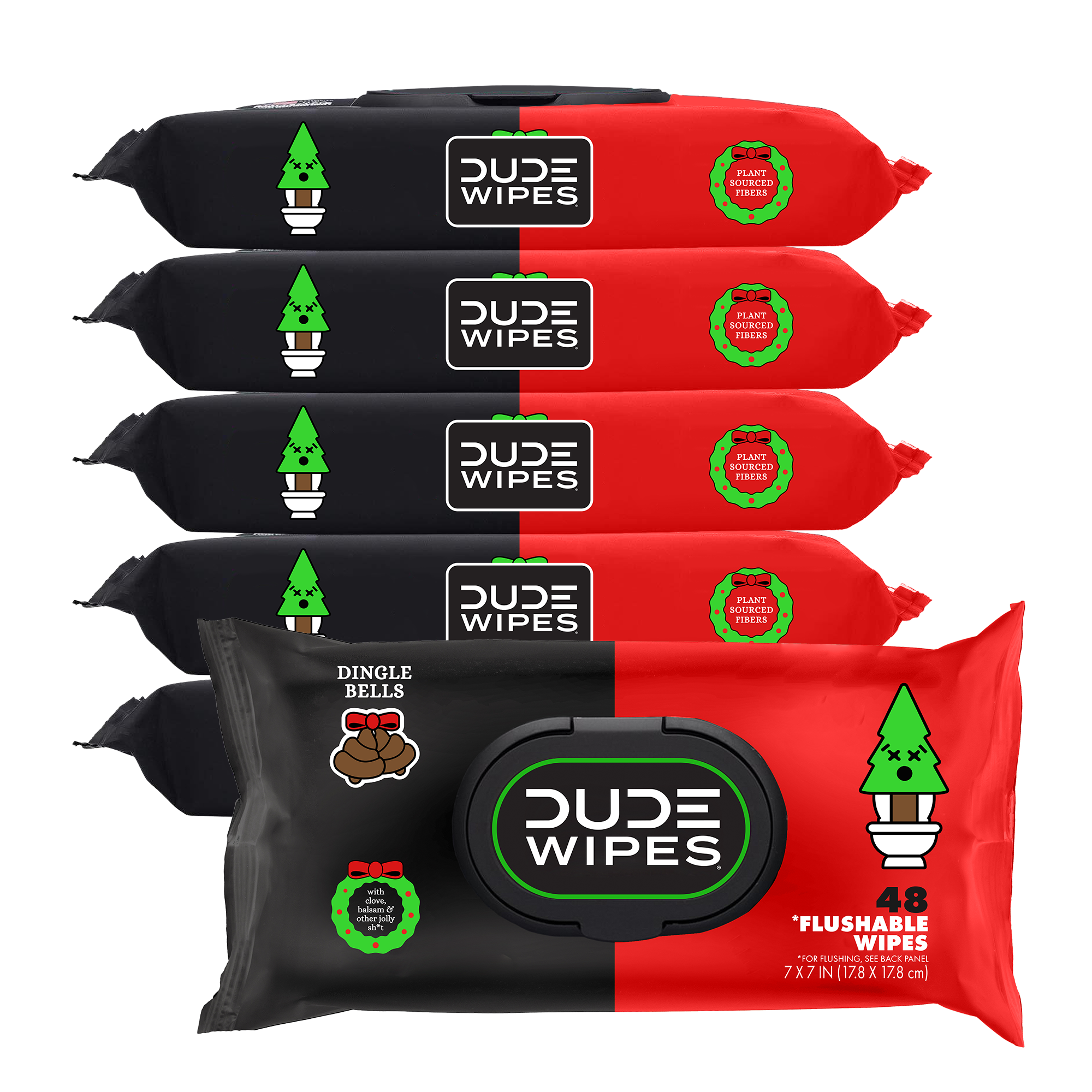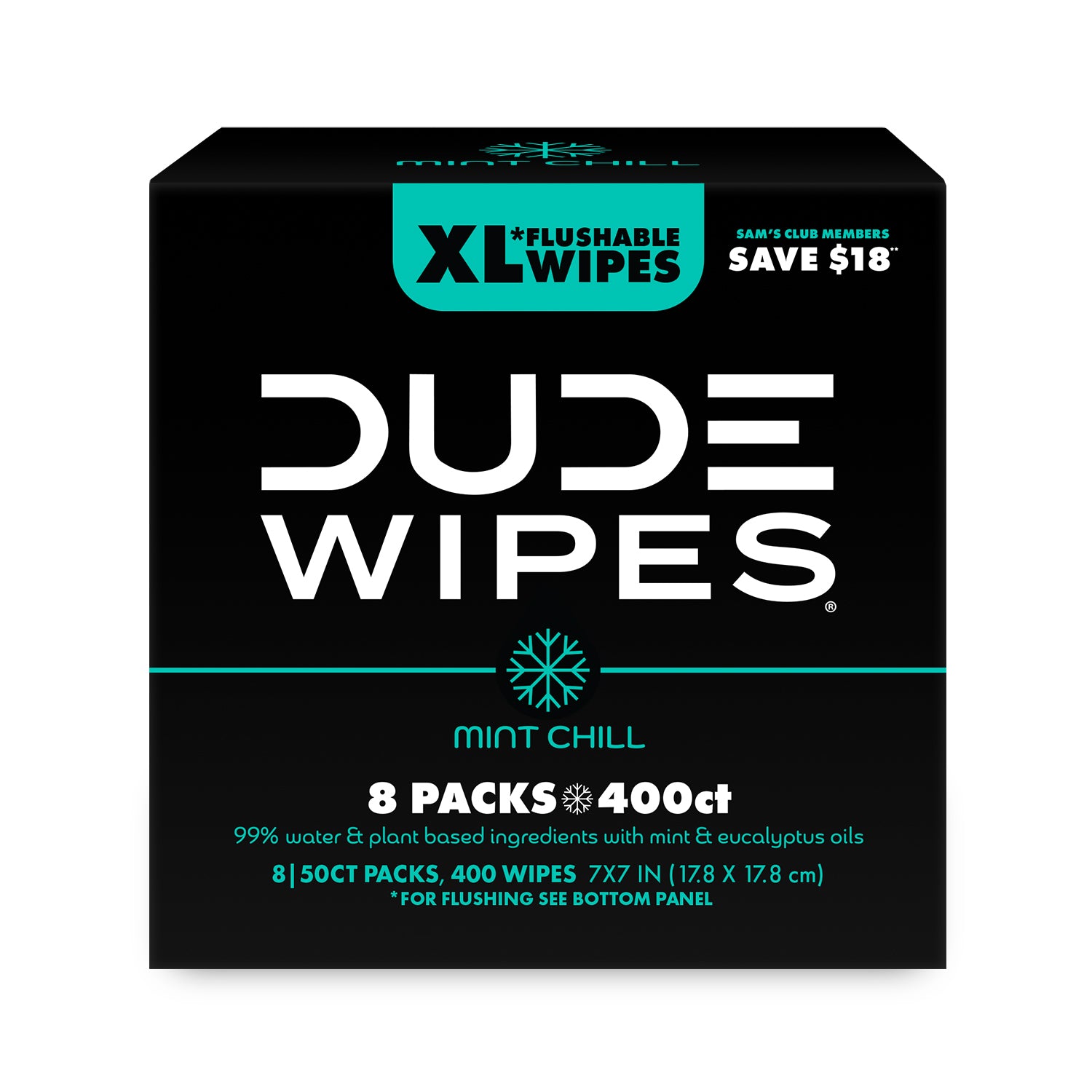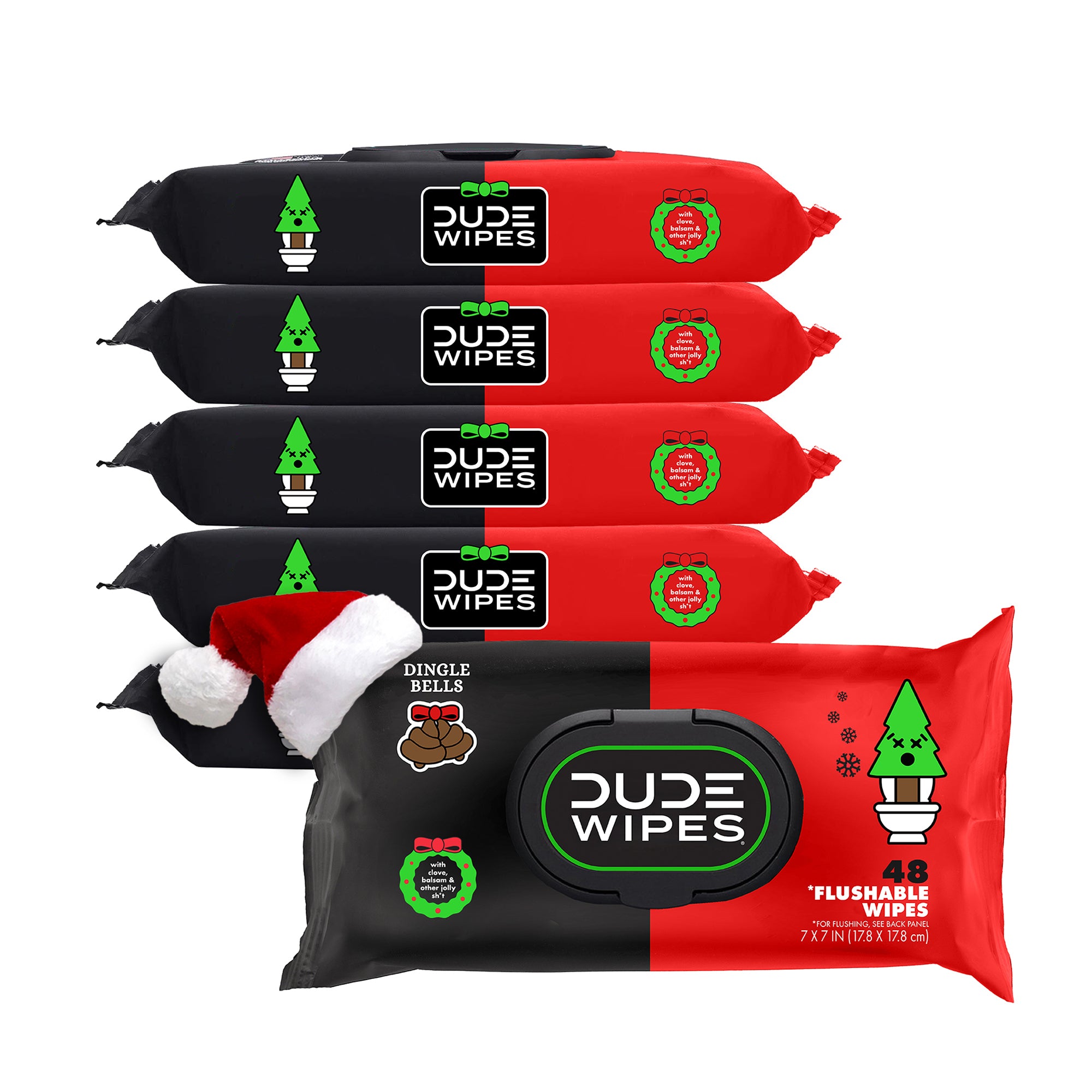Pool season is right around the corner. But if you spent your quarantine washing down Gordita Crunchwraps with Mountain Dew, you might be in panic mode. The internet is flooded with get-fit-quick schemes, but there's only one diet purported to mimic the effects of steroids: the anabolic diet.
Put simply: the anabolic diet turns your body into a muscle-building, fat-burning machine by alternating low carb and high carb days. The anabolic diet is blowing up thanks to YouTubers claiming you can turn your beer belly into a six-pack and still eat pizza and French toast.
It all seems too good to be true, so we did some investigating.
What Is the Anabolic Diet?
The anabolic diet was created in 1995 by Dr. Mauro Di Pasquale, a Canadian physician who also happens to be a world-class powerlifter. He set out to develop a diet for bodybuilders wanting to increase muscle mass while keeping their body fat percentage to a minimum. The result was the anabolic diet, his take on a cyclical ketogenic (keto) diet (CKD).
You don't need to be a bodybuilding expert to understand the anabolic diet: you alternate a low-carb diet phase with a quick "carb loading" phase to replenish your glycogen stores.
Dr. Di Pasquale dubbed this the "anabolic diet" since manipulating macronutrients (carbohydrates, protein, and fat) naturally increases testosterone levels, helps with weight loss, and ignites growth hormones, replicating the effects of anabolic steroids—at least that's the idea.
How to Use the Anabolic Diet to Burn Body Fat and Build Muscle
Your body needs calories to preserve muscle tissue, but too many calories can result in packing on extra pounds. The anabolic diet is designed to rewire your metabolism, so you burn fat for fuel without starving yourself.
Here's how it works:
From Monday to Friday, restrict your carbohydrate intake (less than 30 grams per day) and utilize a high protein, high-fat diet. You'll be getting your calories mainly from red meat, poultry, fish, and dairy products. You can also supplement with fish oil or flax to maximize your healthy fat intake.
On Saturday and Sunday, your carb intake surges, and you get to gorge on basically anything you want: pizza, beer, French toast, donuts, cookies, you name it.
The science behind the anabolic diet is simple: those weekend carb parties after five days of burning fat for fuel shocks your body and drives glucose and amino acids straight into your muscle cells.
Anabolic Meal Plan Basics
Tracking your macronutrients (carbohydrates, fat, and protein) on the anabolic diet isn't necessary, but we included the ratios if you want to nerd out.
Sample Weekday Menu
60% fat, 35% protein, 5% carbs
Breakfast
- 3 eggs
- 1 oz. cheddar cheese
- 2 sausage links
Snack
- 6 oz. cottage cheese
- 1 tbsp. peanut butter
Lunch
- 4 oz. chicken breast
- 2 cups salad mix with dressing
- Hard-boiled egg
Snack
- Whey protein shake
Dinner
- 4 oz. ground beef
- 1 oz. cheddar cheese
- 2 cups salad mix with dressing
Sample Weekend Menu
30% fat, 10% protein, 60% carbs
Breakfast
- Pancakes or French toast
- Fresh fruit
- Omelet
Snack
- Bagel with cream cheese
Lunch
- Pizza or pasta with tomato sauce
- Chicken
- Garlic bread
Snack
- Cereal
Dinner
- Steak and mashed potatoes
- Dessert of choice
Anabolic Diet Phases
There are three phases of the anabolic diet. The ratios stay the same in each one, but the number of total calories you consume will change. Here's what a typical "cycle" looks like:
1. Induction Phase (weeks 1-4)
Dr. Di Pasquale suggests 18 multiplied by your body mass in pounds. So, if you weigh 200 pounds, you'd eat about 3,600 calories per day.
2. Bulking Phase (weeks 5-8)
To establish your bulking calorie intake, Dr. Di Pasquale suggests 20-25 calories per pound of your desired body weight (in pounds) per day.
3. Cutting Phase (weeks 9-12)
During the final phase of the anabolic diet, you'll be at a caloric deficit. To determine your daily calorie intake, Dr. Di Pasquale suggests taking your body weight (in pounds), multiplying it by 18, then subtracting 500-1,000 calories from that number.
Are There Any Risks of the Anabolic Diet?
The anabolic meal plan can definitely give you an edge when it comes to fat loss and building muscle, but it should only be used for a limited time to reach a specific goal. Long-term use of the anabolic diet may be problematic for a couple of reasons:
- High-fat diets may lead to high cholesterol levels. That said, the saturated fats you consume on this diet are generally healthier than trans fat you find on a drive-thru menu.
- Since the diet restricts fruits and vegetables during weekdays, the diet can lead to deficiencies in fiber and micronutrients. You can take fiber supplements or a multivitamin to fill these gaps.
While you won't get the same gains as a guy who's actually juicing (that's illegal, by the way), the anabolic diet is a viable option to get chiseled naturally, especially if you pair it with a solid workout plan.
Just make sure you're stocked up on DUDE Wipes for those explosive protein poops.

